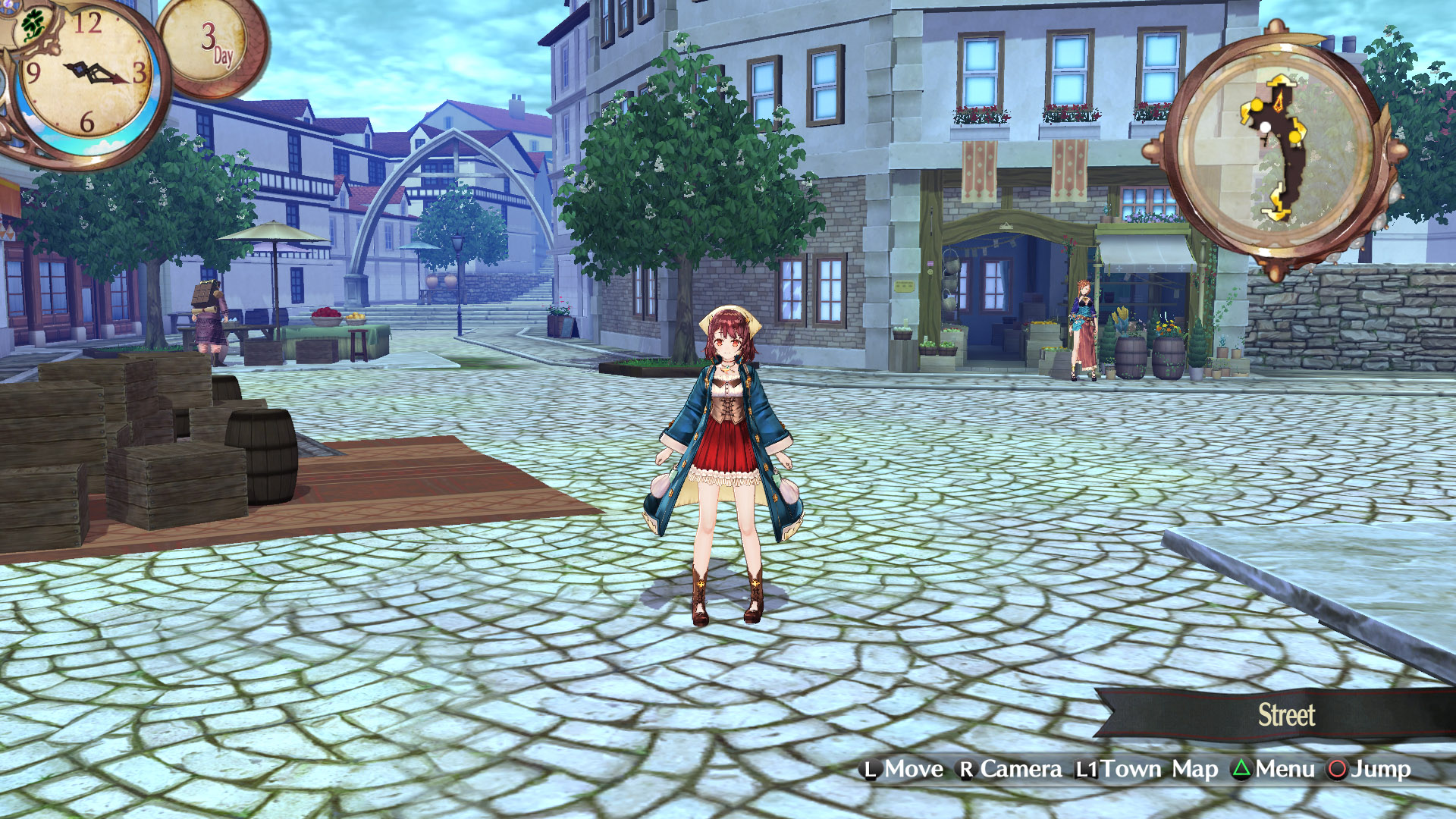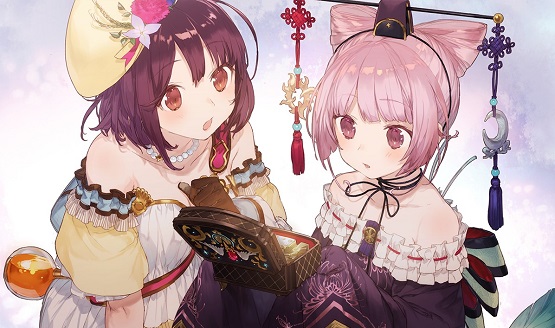Don’t you hate it when you really love the concept of a game, but can’t bring yourself to fully enjoy the execution? It’s that weird feeling when you really, really want to like something, but it seems (from your humble perspective, anyway) like the designers missed the boat on what makes their own game fun? Well, I’ve struggled with this for the last few entries of the Atelier series — while I liked this January’s Atelier Escha & Logy Plus: Alchemists of the Dusk Sky quite a bit, I was left with a sour taste in my mouth. It wasn’t until I really analyzed how I was playing the game that I realized just how crazy it was driving me; that cursed “time limit” between milestones made me extremely careful about the way I tackled each set of quests, and I felt like I should be poring over a guidebook rather than trying to figure it all out on my own. If that’s something that’s prevented you from fully enjoying this series too, I’ve got good news for you: Atelier Sophie: The Alchemist of the Mysterious Book does away with the time restrictions and lets you explore, craft and build relationships at your leisure.
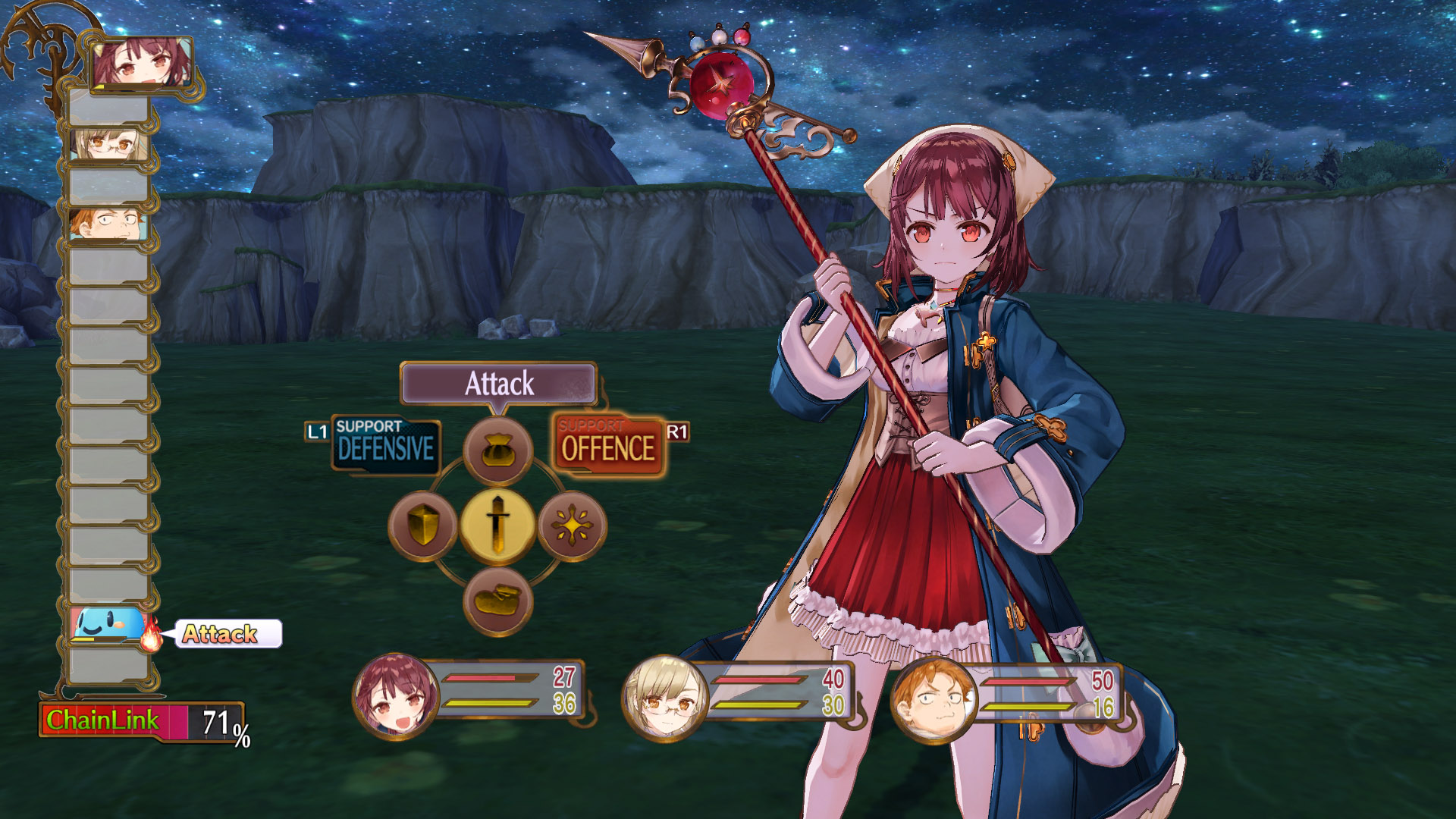
Okay, okay, I know Atelier Sophie isn’t the first game to shed the strict time requirements associated with the series; last year’s Atelier Shallie traded that in for the much-more-relaxed “Life Task” system. This is the first one I’ve played without the next milestone breathing down my neck, though, and so it’s the one where this struck me as a wonderful design decision. As you can see in my interview with the director, Yoshito Okamura, giving players a more relaxing time was at the forefront of the developers’ minds this time around — and that definitely comes through in the results. Set in the quiet little town of Kirchen Bell, amateur alchemist Sophie’s main goals as she moves forward are twofold: one, she wants to get better at alchemy, and two, she wants to restore the memories of the talking alchemy book (named Plachta) her late grandmother left in the house. Together, these goals form the “Life Task”-esque system of this entry, simply called “Recipe Ideas.” This flowchart is full of ideas that will serve as inspiration for new alchemical mixes — complete one of these tasks, like finding a certain item or beating a certain enemy, and you’ll unlock the corresponding recipe. The same principle works for restoring Plachta’s memories, except you’ll have to complete each task multiple times and fill up a meter to unlock them.
Friendly & Familiar
The rest of what Sophie has to offer should feel immediately familiar to fans of the series. There are townsfolk to chat with, befriend and add to your party (including my new favorite, plump redhead Oskar), items to buy, events to see and plenty of levels to gather materials from. The lack of a time limit means you can do all of this at your leisure without worrying about missing anything, which really is a breath of fresh air compared to the tight schedules of previous entries. I really enjoyed the freedom to explore and battle, especially given some neat touch-ups to the combat and exploration (the support system is less cumbersome this time around, for example, while unnecessary nuisances like the gathering meter are stripped away). Unfortunately, though, I don’t think these small steps forward are quite enough to redeem what is ultimately a new version of basically the same game we’ve been getting for over a decade. For the 17th entry in a series, this shows a startling lack of evolution, and I really think it might be time for Gust to go back to the drawing board and give this series the refresh it really deserves.
Room to Grow
When I say “lack of evolution,” I’m not suggesting that the developers make changes for change’s sake — I just think there are natural ways this game could up the ante while still keeping the elements that fans know and love intact. For one thing, going out and gathering might be more “relaxed” this time around thanks to the lack of a time limit, but I think it’s starting to border on being a snoozefest. At a time when huge, open-world loot-based games are at an all-time high in popularity, Sophie’s cramped, hollow level designs are beyond archaic. The game doesn’t even really try to disguise the fact that you’re wandering into the same flat field peppered with random gathering points and enemies over and over again, unless you count throwing a “cave” or “mountain” texture onto it as a particularly nuanced way to separate stages. And unlike some of my peers, I don’t think there’s anything wrong with turn-based combat in 2016, but I still can’t help but feel like Atelier’s long-overdue for a little experimentation with the way battles take place. At the very least, the game’s done a great job at rebooting its “Synthesis” system with new ideas, but I don’t think that’s enough anymore.
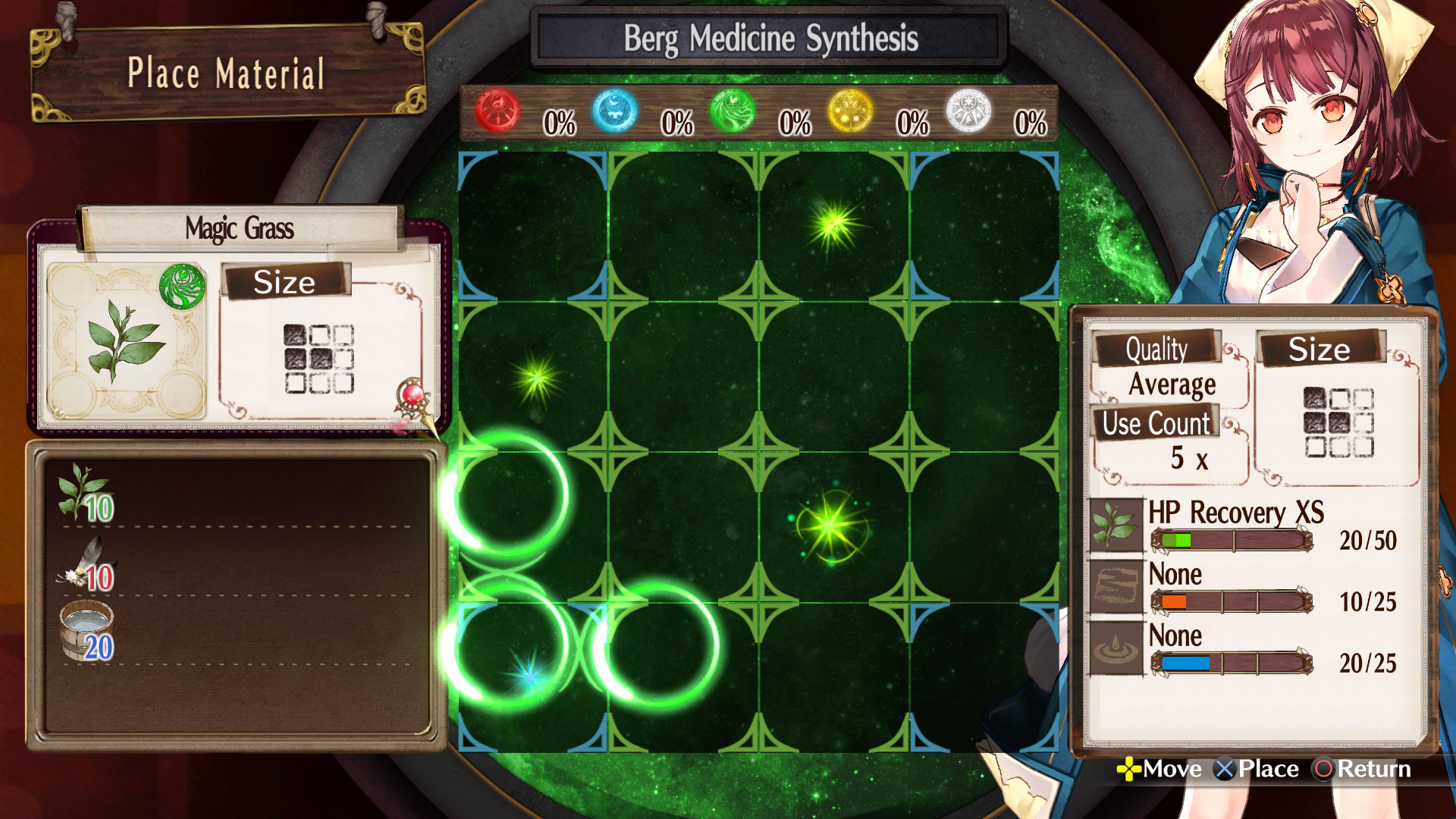
Two Illustrators, Two Styles
It’s not quite as egregious, but I think that feeling of sameness carries through to the presentation, too. Don’t get me wrong, I think Sophie’s art style looks absolutely fantastic, and I love the development team’s decision to use two different illustrators for the character designs. But at a time when indie games like Dust: An Elysian Tail offer compelling aesthetics and animation despite being made by a single person, I think the excuse of developers “being on a limited budget” is a little tired at this point. I just can’t believe that, 17 games in, Atelier’s animation quality is so poor in comparison to its art direction; these wooden, lifeless characters feel more like dolls than people, and that’s extremely unfortunate in a series with so many colorful personalities. The soundtrack at least provides a nice contrast to that — bursting with energy and cheer, it fills the gameplay with vigor the graphics don’t provide. I especially like the four different battle themes, which trigger depending on your ability to take on the foe in front of you. The goofy, bouncy theme that plays when you’re about to cream an enemy is adorable, and I was rightly intimidated when the tune on the other end of the spectrum — indicating a likely ass-whuppin’ — began to play.
Take a Break
Atelier Sophie: The Alchemist of the Mysterious Book is a more relaxed entry in the series, and I enjoyed that particular aspect of it. Unfortunately, it’s also becoming clear just how little the series has grown over a whopping 17 entries, a condition likely due to the annual nature of its sequels. Loot-based open-world games have become immensely popular lately, making the flimsy, cramped levels of Sophie seem all the more dated by comparison. Still, I think series fans will enjoy the more deliberate pace of this entry, while newcomers have the perfect entry point thanks to the lack of a time limit. I won’t lie, though; alongside Neptunia, this is another series that really needs to slow it down with the constant follow-ups and re-releases. I’d love if Gust would take a little break from Atelier and come back in a few years with some fresh ideas.
Review code for Atelier Sophie: The Alchemist of the Mysterious Book provided by publisher. Reviewed on PlayStation 4. For more information on scoring, please read our Review Policy here.
-
Relaxed pace thanks to elimination of time limit
-
Small improvements to synthesis and combat
-
As usual, art and soundtrack are charming
-
Series is long overdue for evolution
-
Flat, cramped maps are really getting old
-
Poor animation
Atelier Sophie Review
-
Ateliersophie_alchemy02
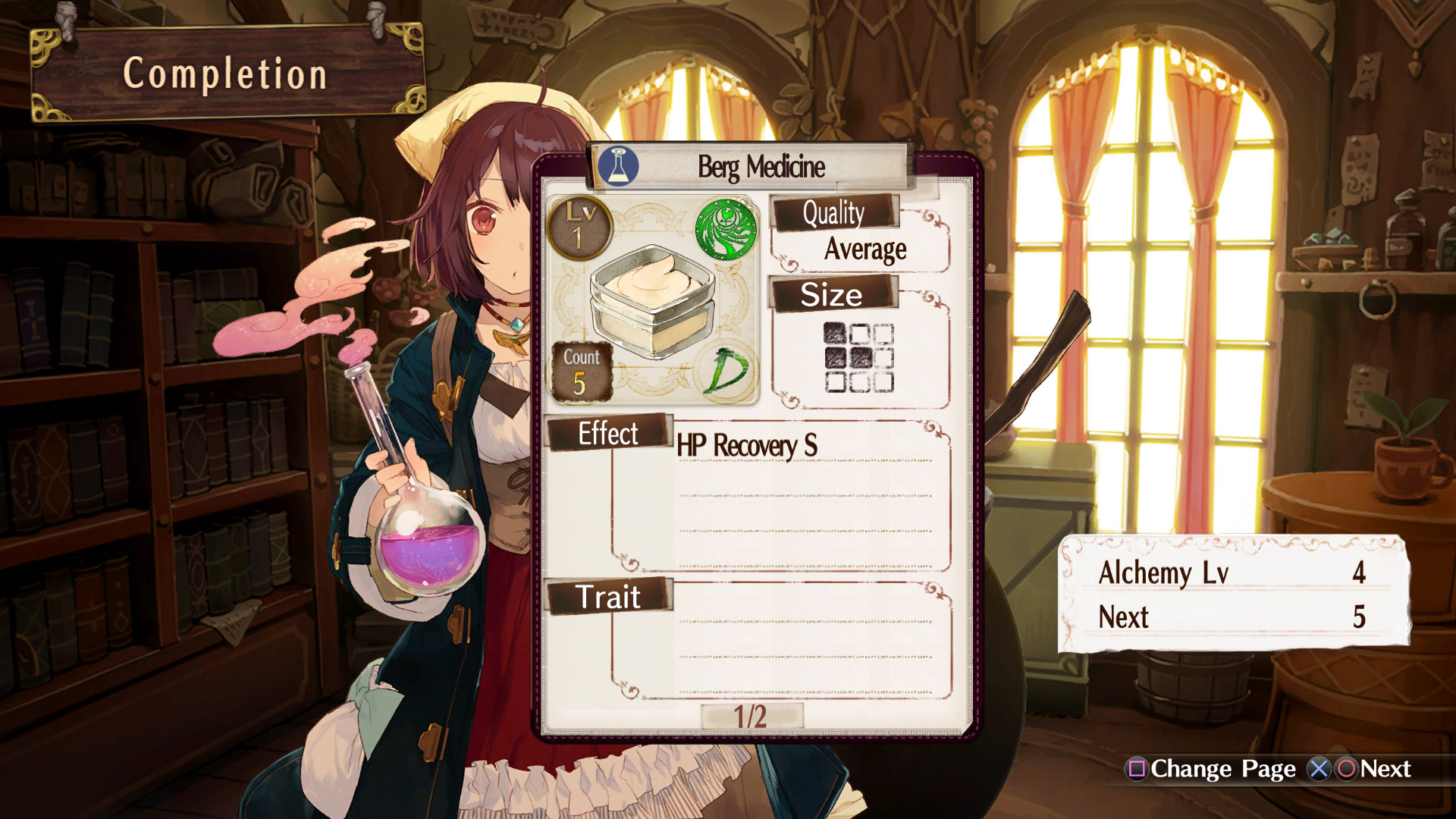
-
Ateliersophie_alchemy03

-
Ateliersophie_battle01
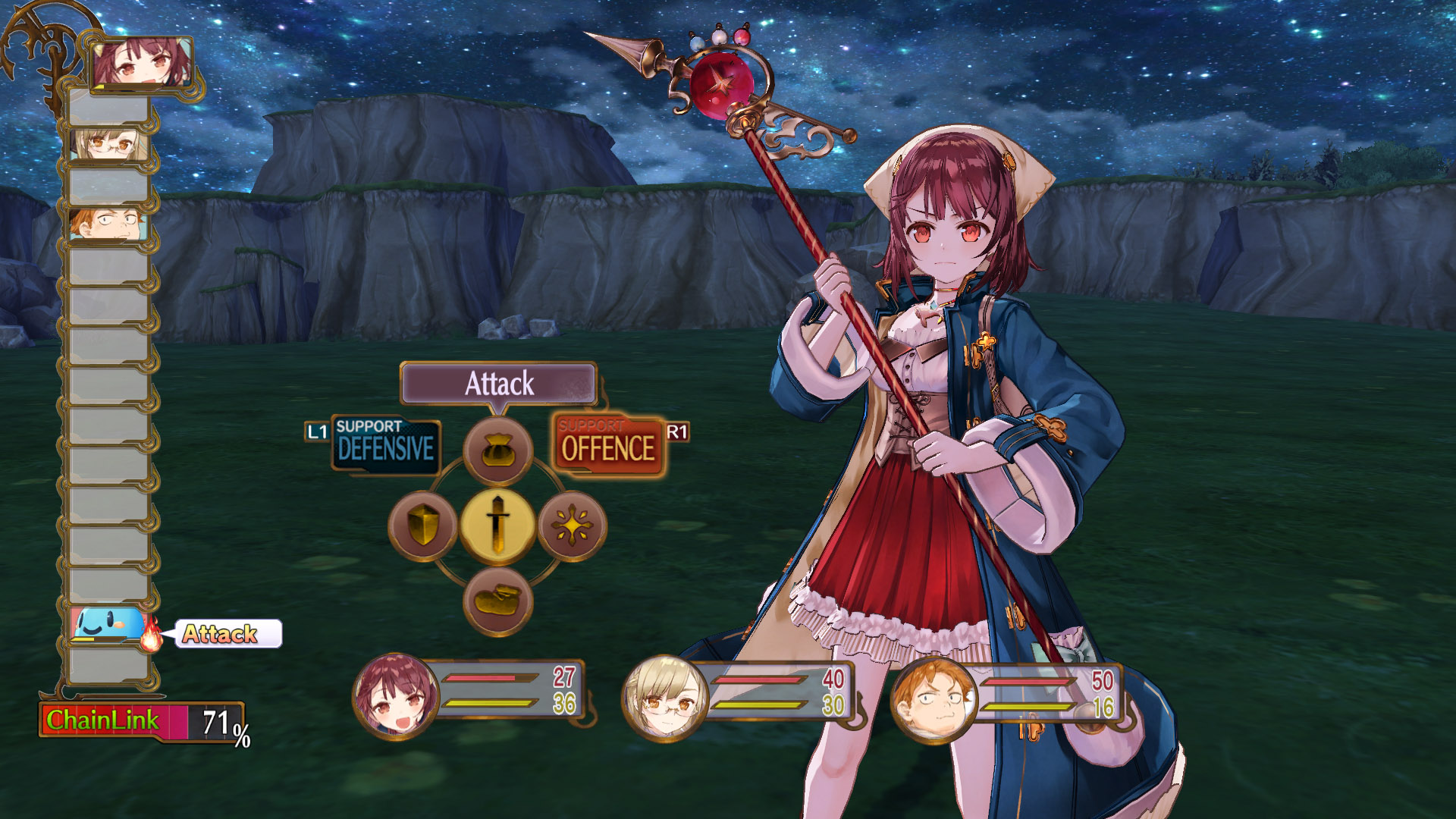
-
Ateliersophie_battle02
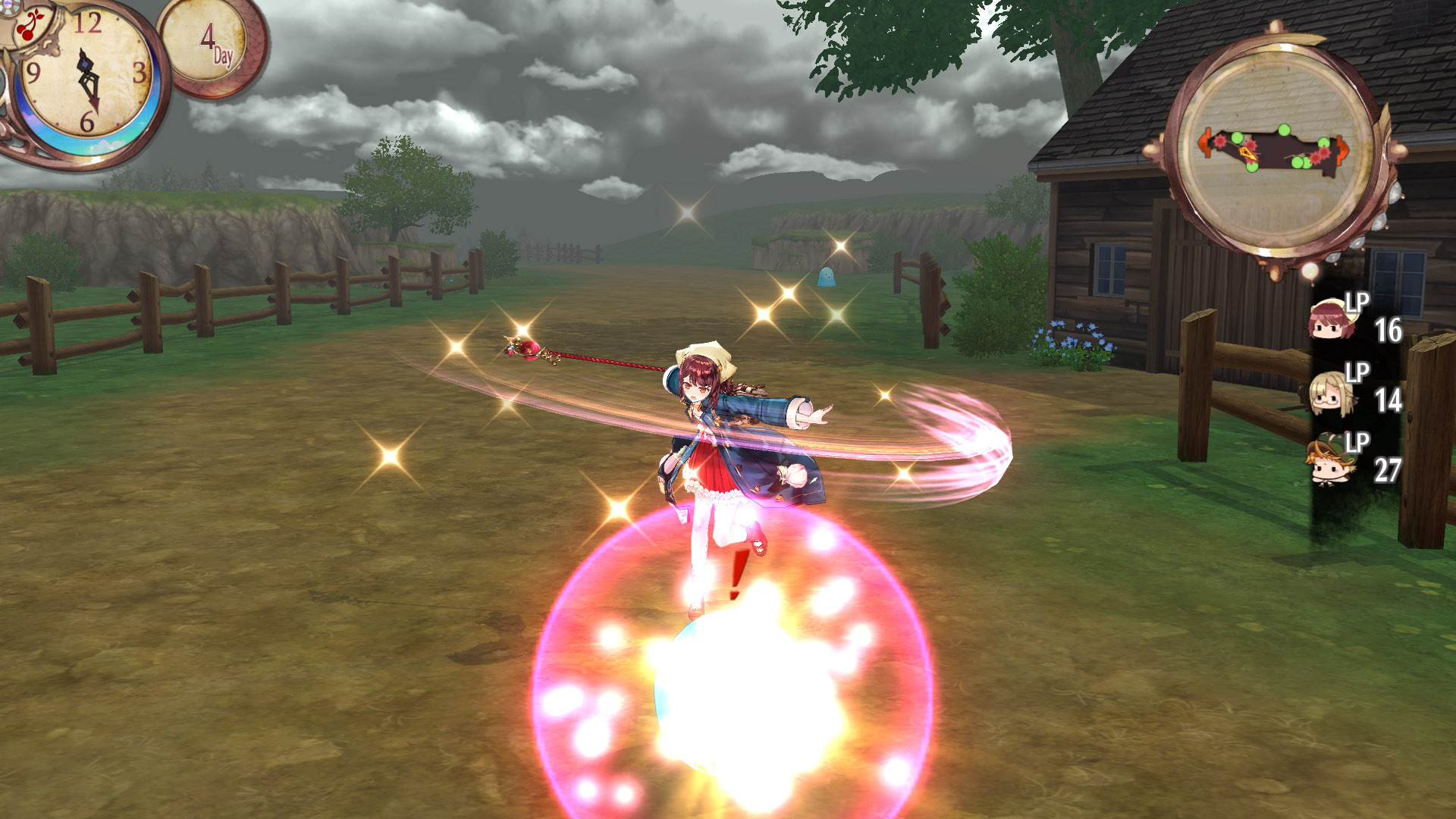
-
Ateliersophie_battle03
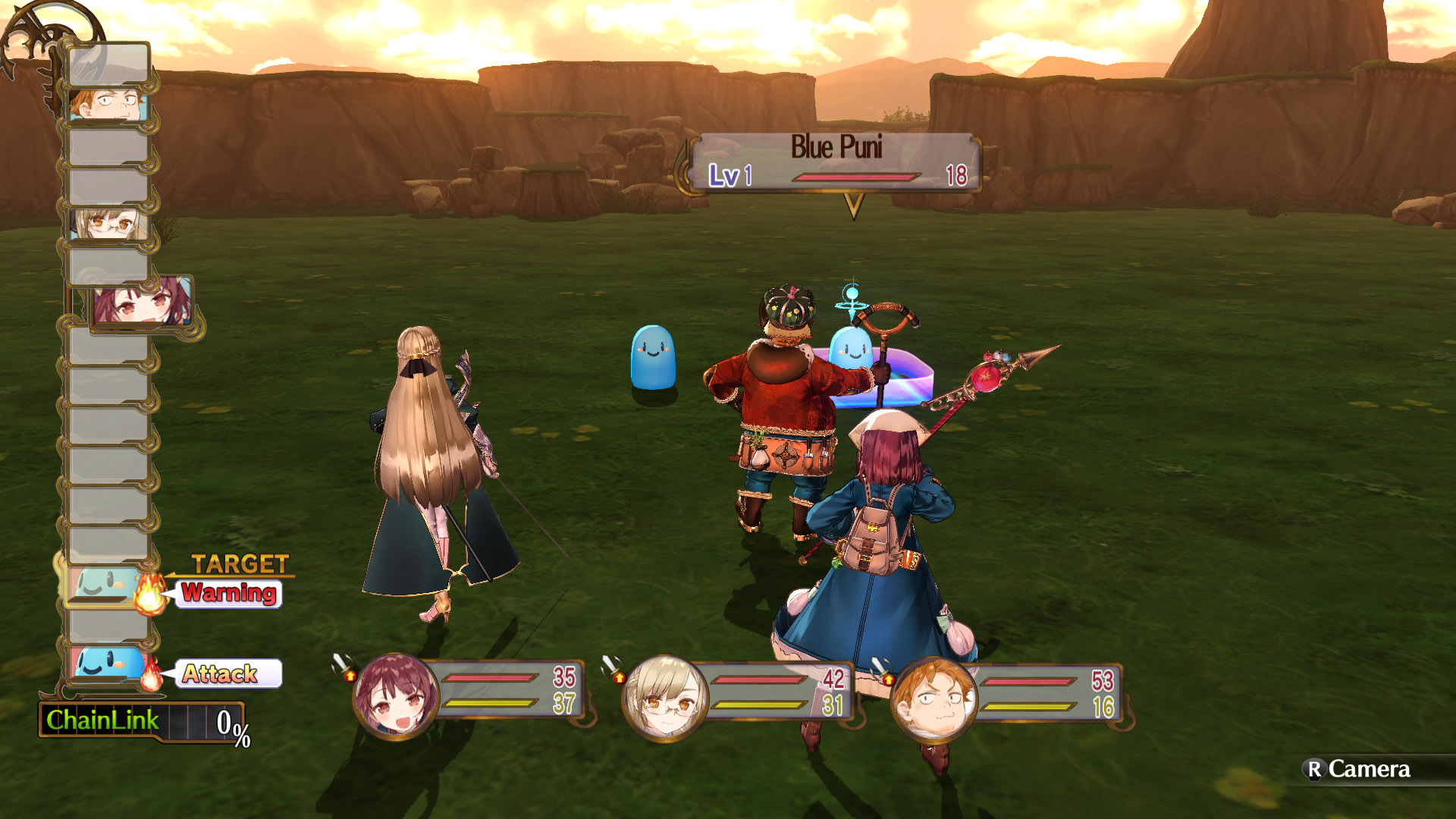
-
Ateliersophie_battle04
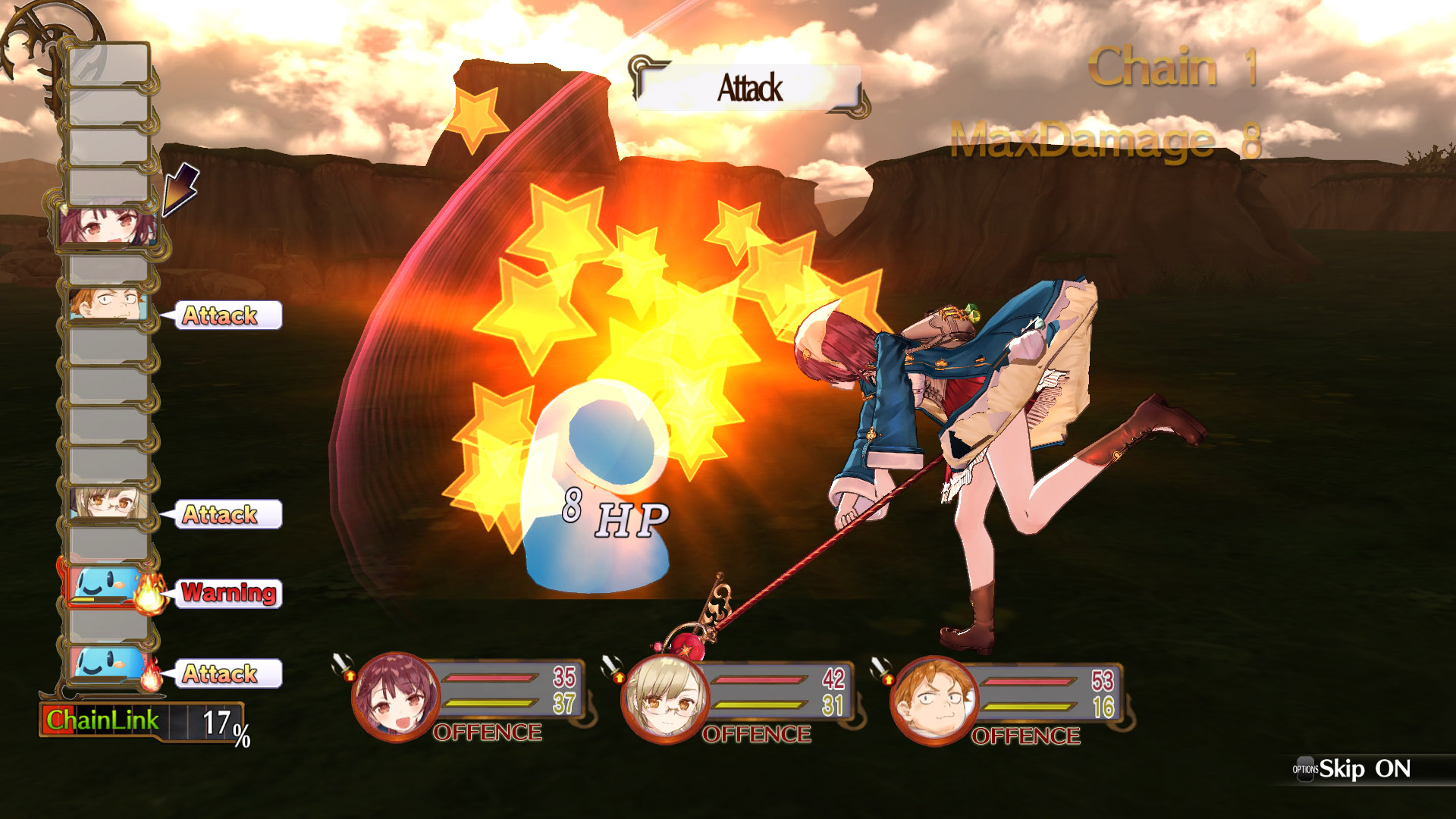
-
Ateliersophie_town01
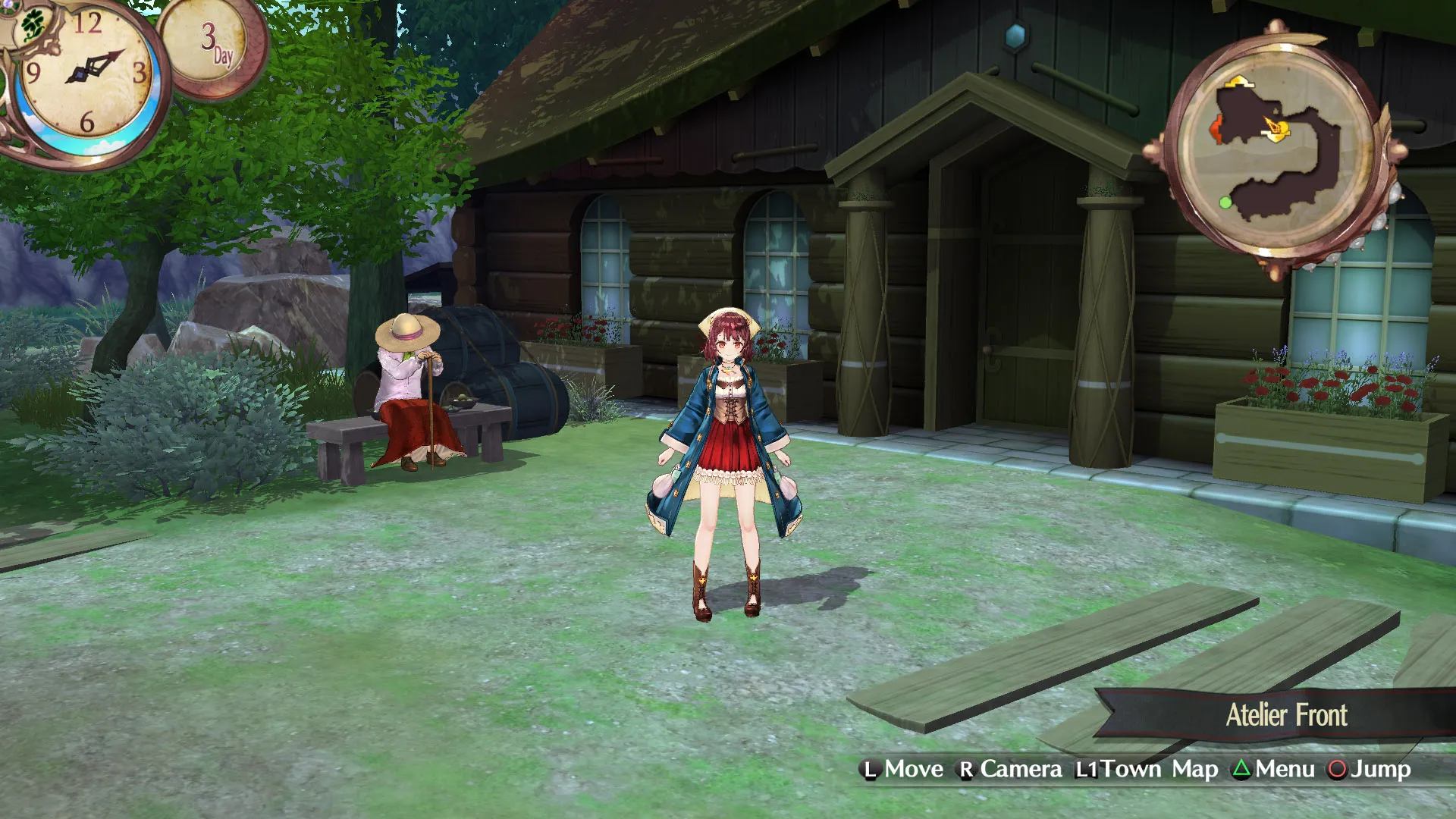
-
Ateliersophie_town02
